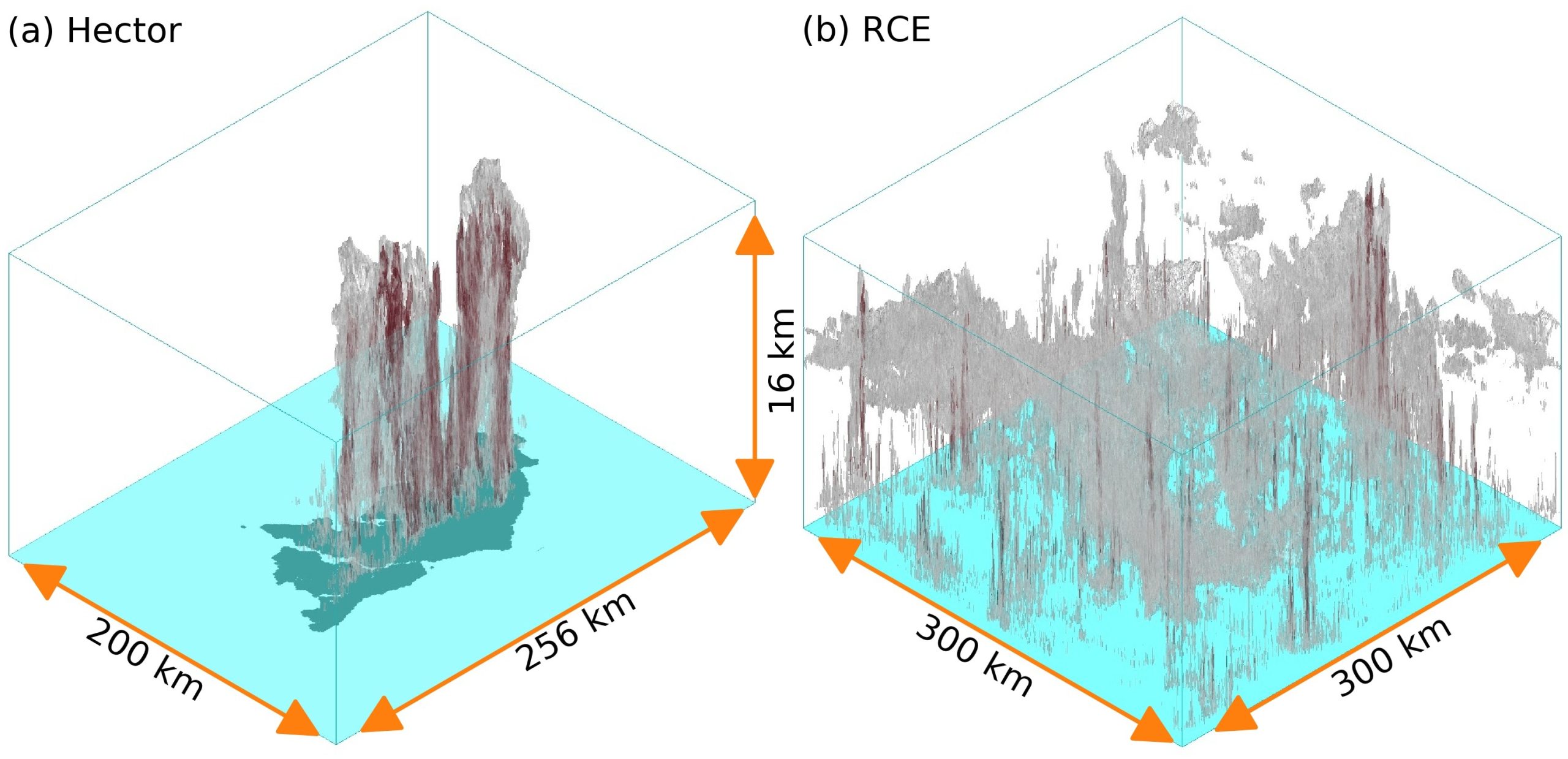Meso-NH database for C²OMODO
Scientific context C²OMODO (Convective Core Observations through MicrOwave Derivatives in the trOpics) is a CNES space project, a tandem of radiometers that will be launched in March 2030, as part […]

Scientific context C²OMODO (Convective Core Observations through MicrOwave Derivatives in the trOpics) is a CNES space project, a tandem of radiometers that will be launched in March 2030, as part […]

STRATEOLE-2 is a project designed to study atmospheric events above the equator. The project is led by France and includes researchers in the United States and other countries. It consists […]

Context: Lidar observations are the only means to reproduce highly resolved vertical profiles of key atmospheric parameters such as water vapour content, temperature, aerosols, and clouds. They also have great […]

Megha-Tropiques is a space mission jointly managed by the space agencies CNES and ISRO. This mission is designed to study the convective systems of the atmosphere and more particularly the analysis of the water cycle through the transport and distribution of water vapor, the life cycle of convective systems and energy exchanges in the equatorial belt. The tropical zones are those where the most important energy exchanges occur: radiative exchanges, latent heat exchanges, transport of constituents and energy through dynamic processes. The challenge is therefore to increase knowledge of hydrological and energy processes in the tropics and their influence on the global circulation of the atmosphere, that the oceans, and climatic variations.

GRUAN is an international reference network of about thirty stations dedicated to the observation of key climatological variables between the surface and the stratosphere by radiosoundings. Several French organisations have […]

The project IAGOS (In-service Aircraft for a Global Observing System) is an European Research Infrastructure (ESFRI Roadmap 2006) conducting global longterm observations of atmospheric composition (reactives and greenhouse gases, aerosols, […]

The project The NDACC (Network for Detection of Atmospheric Composition Change), formerly NDSC (Network for Detection of Stratospheric Change), is an international network for long-term monitoring of the stratosphere and […]
| Name | Description | Start date | End date | Data access |
|---|---|---|---|---|
| SMRSub-millimeter Microwave Radiometer | The Swedish SMR instrument, developed jointly with France and Finland, was launched on 20 February 2001 on board the Swedish mini-satellite ODIN . This microwave receiver is operational in the […] | 20/02/2001 | 29/09/2022 | |
| HYMEXHydrological cycle in the Mediterranean eXperiment | HyMeX aims at a better understanding, quantification and modelling of the hydrological cycle in the Mediterranean, with emphasis on the predictability and evolution of extreme weather events, inter-annual to decadal […] | 01/01/2010 | 31/12/2020 | |
| EUREC4A | EUREC4A, the Field Study, is an international initiative in support of the World Climate Research Programme’s Grand Science Challenge on Clouds, Circulation and Climate Sensitivity. EUREC4A will take place between […] | 20/01/2020 | 20/02/2020 | |
| AMMAAnalyse Multidisciplinaire de la Mousson Africaine | The first AMMA observation campaign was successfully carried out from mid-January to mid-February. It enabled the characterisation of the microphysical and radiative properties of aerosols and their dynamics during the […] | 01/01/2002 | 31/12/2010 | |
| POAMPolar Ozone and Aerosol Measurement | The POAM instruments were developed by the US Naval Research Laboratory (NRL) to measure the vertical distribution in the atmosphere of ozone, water vapour and nitrogen dioxide (NO2), as well […] | 01/09/1996 | 31/05/2006 | |
| SAGE IIStratospheric Aerosol and Gas Experiment | The SAGE II instrument was developed by NASA to provide the scientific community with a global and long-term description of the distribution of aerosols, ozone, water vapour and NO2. It […] | 01/10/1984 | 31/08/2005 |